3 Reasons You May Be Petting Your Dog Wrong

Let’s face it. There isn’t much that is more satisfying than being able to pet a dog. From the small and silky to the huge and fluffy, petting dogs is just one of the best things in the world. When you have your own dog to come home to, one who greets you at the door with enthusiasm every single time they see you without fail, life just seems a little bit better.
Crown & Paw understands the love that we all have for our faithful companions, and we want to give back to them by helping people create their perfect petting atmosphere. You may not have known that there is a “wrong” way to pet a dog (we didn’t either!), but we want both you and your perfect pupper to enjoy the experience as much as possible. Here are a few tips!
First… A Caveat
While this advice was taken from veterinarians and canine behavior experts who spend their entire lives studying dogs, it’s a fact that every dog has their own unique personality. That’s part of why we love them so much, right? Rover may want to lay down and roll over so you can come over and scratch his belly, while Muffin would prefer to come to you for head-only scratches.
Also, although dogs are far easier to read than cats are, dogs can also have “no-no” spots that may trigger an unexpected or aggressive response when you touch them.
Ultimately, it’s really important to remember that dogs are extremely complex creatures with likes and dislikes that should be respected. Ignoring a dog’s boundaries may cause a major rift in the trust in your relationship or even get you bitten. Learning more about your individual dog only helps to deepen your relationship, whether you’ve had them for a few days or for many years.
#1) Don’t Stare At Them
While human-to-human eye contact is an important part of the bonding experience, that is simply not true for dogs. While you and your dog may make eye contact, especially when your dog is trying to tell you that it wants something, “polite” human-to-dog eye contact doesn’t last more than a second or two at a time.
This is important to remember when petting your dog. If you’re approaching them to give them a few pats, making direct eye contact when you’re walking over sends a very aggressive message. While the jury is still out on the role of “dominance” in our relationships with our dogs, it is incredibly rude and intimidating any way you look at it.
Think of it like this. You’ve spotted someone you know while you’re out at a restaurant. You smile and them politely and then go back to eating your food. When you look up again, they are standing up and making their way to you, holding direct eye contact. Doesn’t send a super friendly message, even if they’re smiling, right? Even though dogs and humans interpret a lot of things differently, this is one thing that is pretty similar in both worlds.
Keep in mind that every dog is different. Some dogs will make a point to look into your eyes while you’re petting them, and that’s ok! Let your dog take the lead, because spending time with them this way should be a bonding experience. That may just be the way that your dog wants to bond with you.
#2) ”Safe” Places To Pet Any Dog
Again, this does really come down to individual dog personality. However, according to most behavior experts, there are generally a few “safe” places that any dog will enjoy getting a little attention.
The number one place it is generally safe to pet any dog is at the base of its neck. Make sure that you come in from the side and not from the front, however. The neck is a non-aggressive place to pet, one that isn’t usually painful or intimidating, and it also allows you to get out of harm’s way if your dog should react poorly.
If your dog is the type to roll over onto their belly when you pet them, try to keep your pats at chest level. Petting dogs on their stomachs can trigger an aggressive reaction in some, especially those that are unneutered. Chest pats are still incredibly satisfying.
#3) Areas And Petting Styles To Avoid
Unfortunately, dogs can’t talk. They can’t tell us how they feel, what hurts, what they like and dislike. We can only make assumptions based on how they behave, and trust the experts when we find ourselves unsure of how to proceed.
For this reason, there are a few areas to try to avoid when petting. A good example is the ear area. Ear infections are one of the most common problems that dogs have, and they may or may not give you any indication that they’re going through them. Symptoms like ear shaking, excessive scratching, and even an odor from the ear may occur but, in some cases, they may only show that their ears hurt by being extra sensitive when you touch them.
Keep in mind that dogs are animals. We know that sounds obvious, but it’s a fact that some people forget when those animals become family. Because they are animals, they react much more quickly to things. Even the best, most gentle dog in the world may bite if they are touched in an area that is causing them pain. This isn’t personal, but it may be the only way that they show there is a problem. If your dog is prone to ear infections, try to stay away from their ears when petting them.
You’ll also want to avoid aggressive petting, especially in older dogs. Dogs with arthritis and joint pain will not enjoy heavy pats on the butt or rough scratching on the hips… it hurts. Keep that in mind the next time you pet your dog.
Other Bonding Activities
In some instances, whether that is just their personality or if they come from a traumatic background, there are some dogs who just don’t want you to pet them. It’s important that you try to not take that as a personal slight. Chances are, that pet really does want affection, but they don’t feel comfortable with it for a variety of different reasons.
In cases like these, it’s important to find alternatives to help you bond with your dog without having to pet them. After all, your pet really is another member of the family (which you can showcase by having their picture added to your family portrait wall, just like everyone else’s).
Walking your dog is a great bonding activity. Not only do dogs need to be walked, it is a great way to keep them relaxed (which keeps your things unchewed) as well as to increase your own fitness level. Just say the word “walk” to your dog and see what happens.
Throwing a ball in the backyard is also a great idea, for much the same reason. Exercise is important for dogs, and knowing they can come to you for playtime helps bond you together.
In Summary
Crown & Paw believes that the human/canine bond is one of the strongest bonds in the world, and is one that should be honored appropriately. Learning how to pet your dog “right” can lead to a more satisfying experience for both of you and can increase your bond and the love and trust you both have for each other. Avoiding areas that may be uncomfortable and learning to work with your dog’s special, specific personality is key.
Sources:
Why Does My Dog Stare At Me? Better Understand Dogs' Staring Behavior | AKC
Dog Ear Infections: Symptoms, Causes, Treatment, and Prevention | AKC

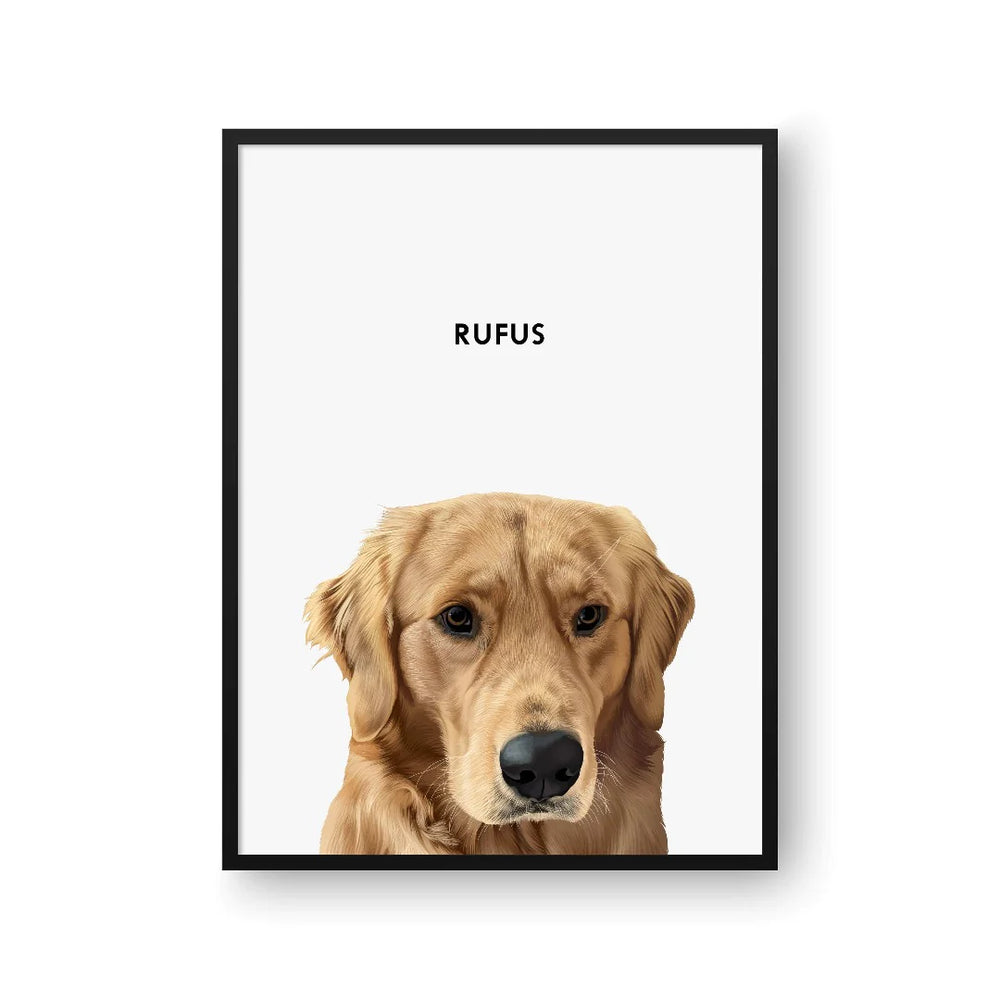




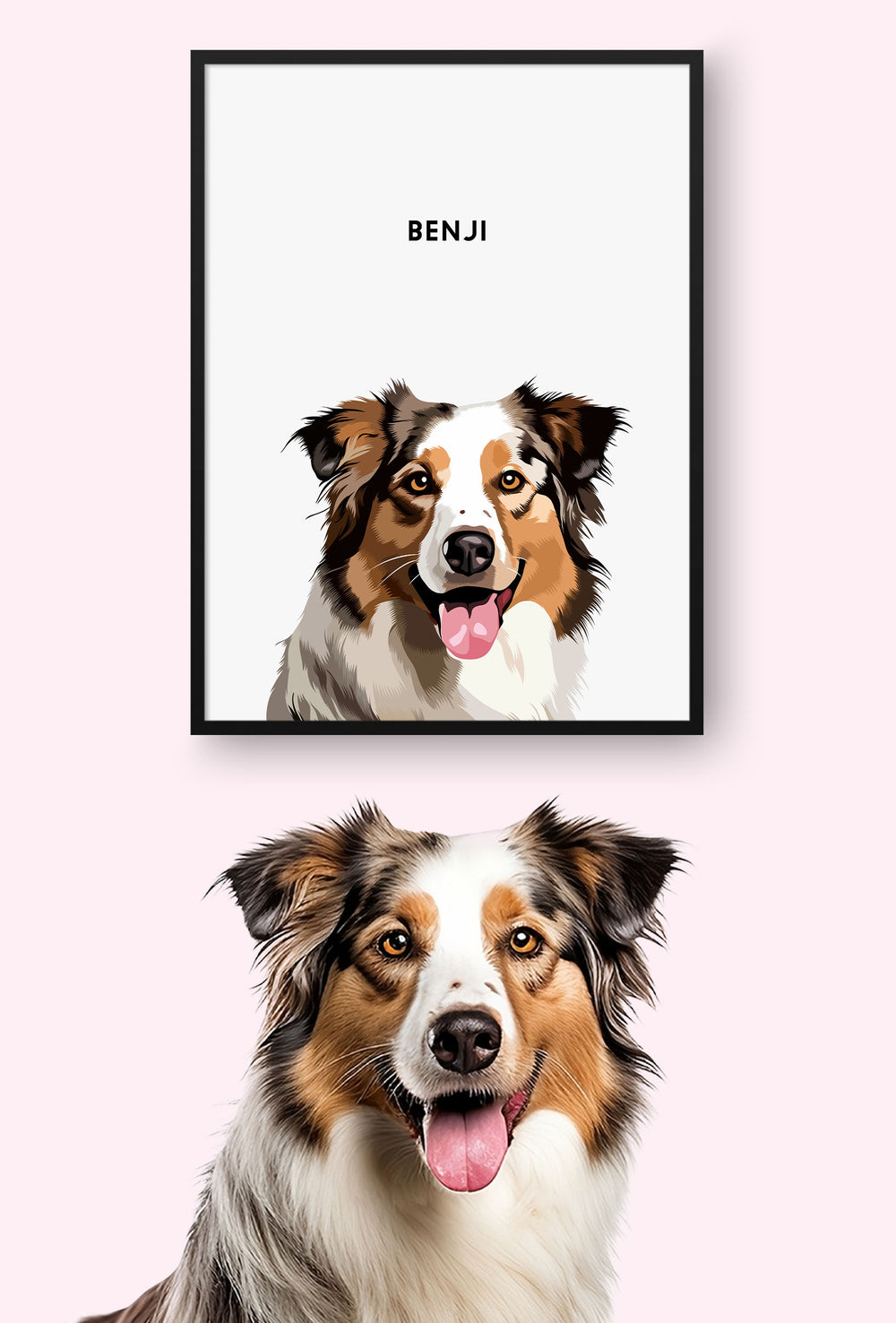

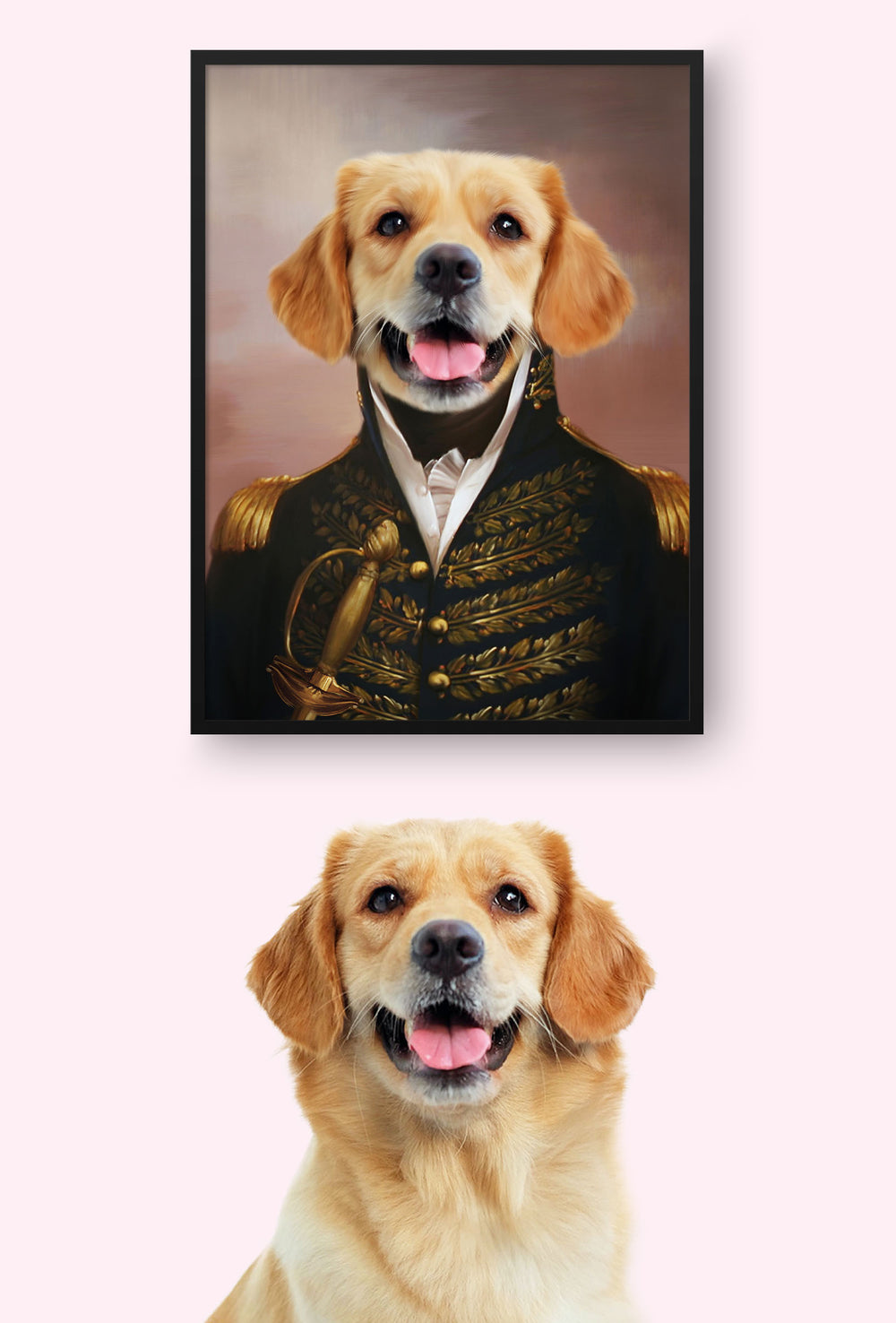
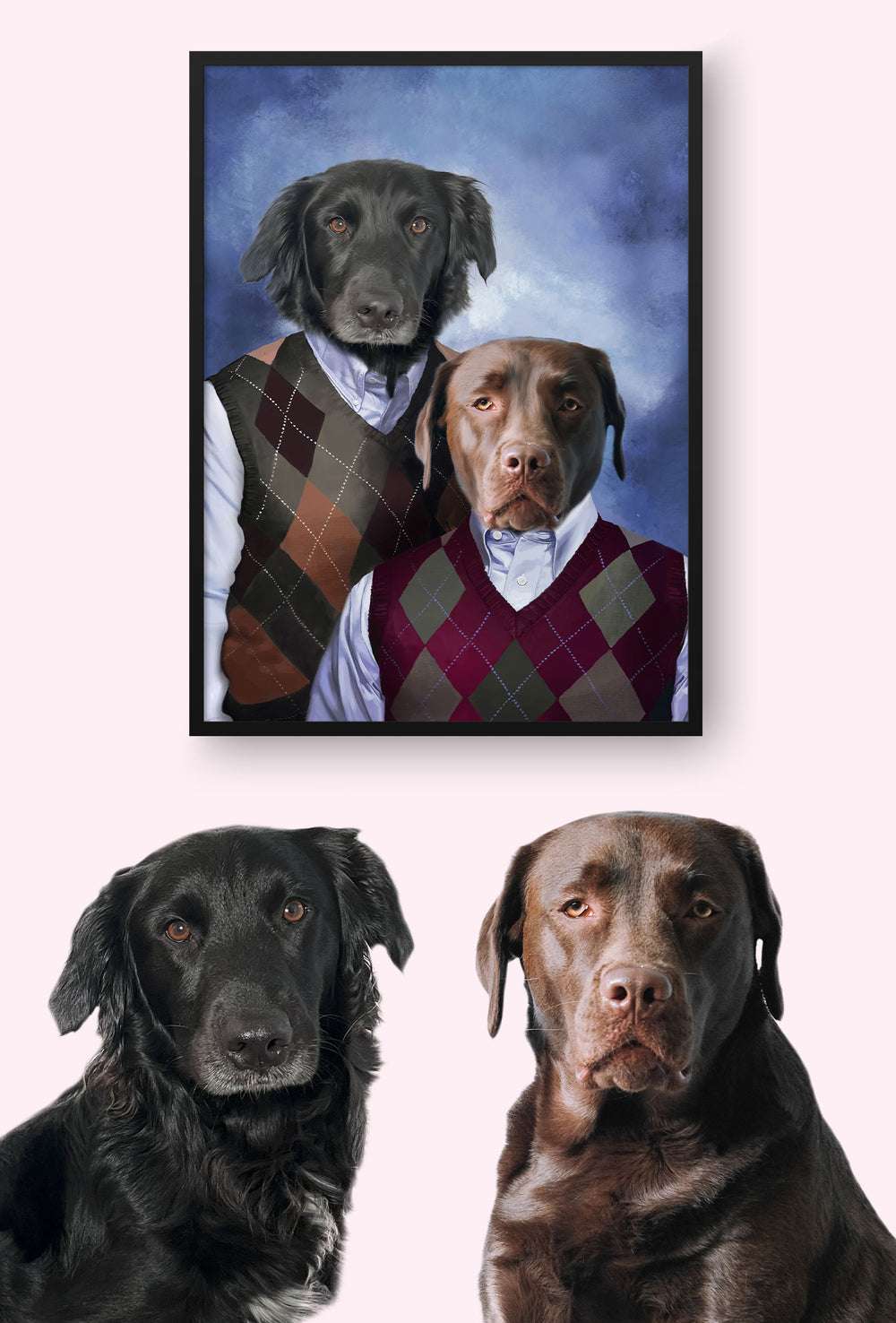

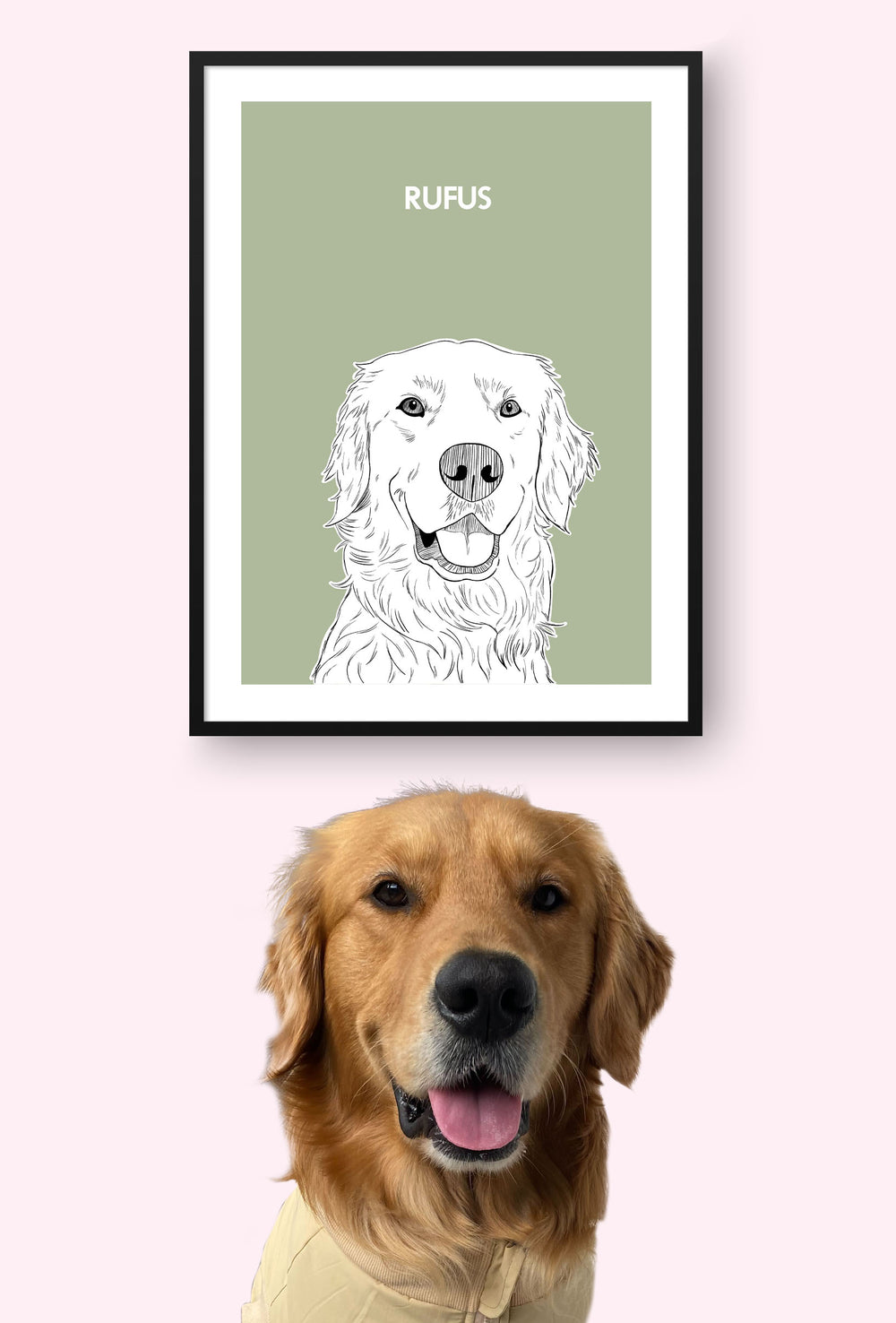


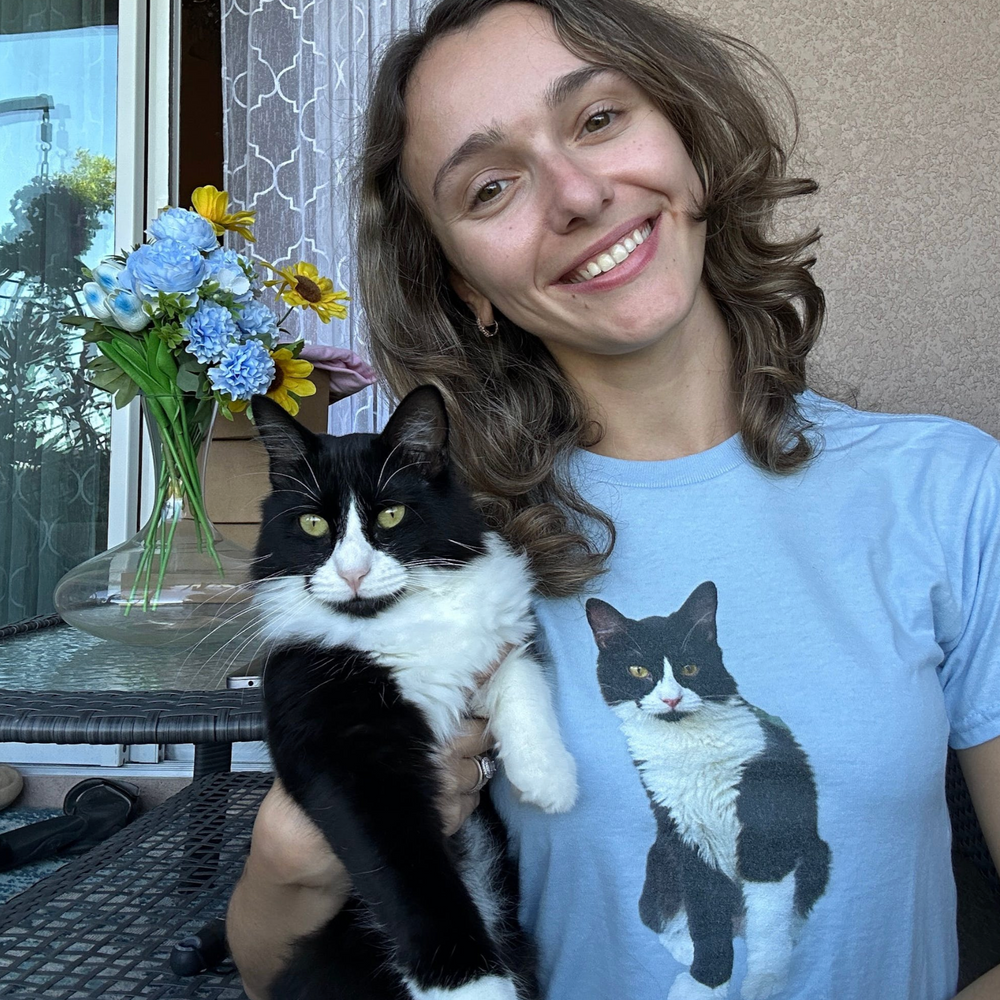
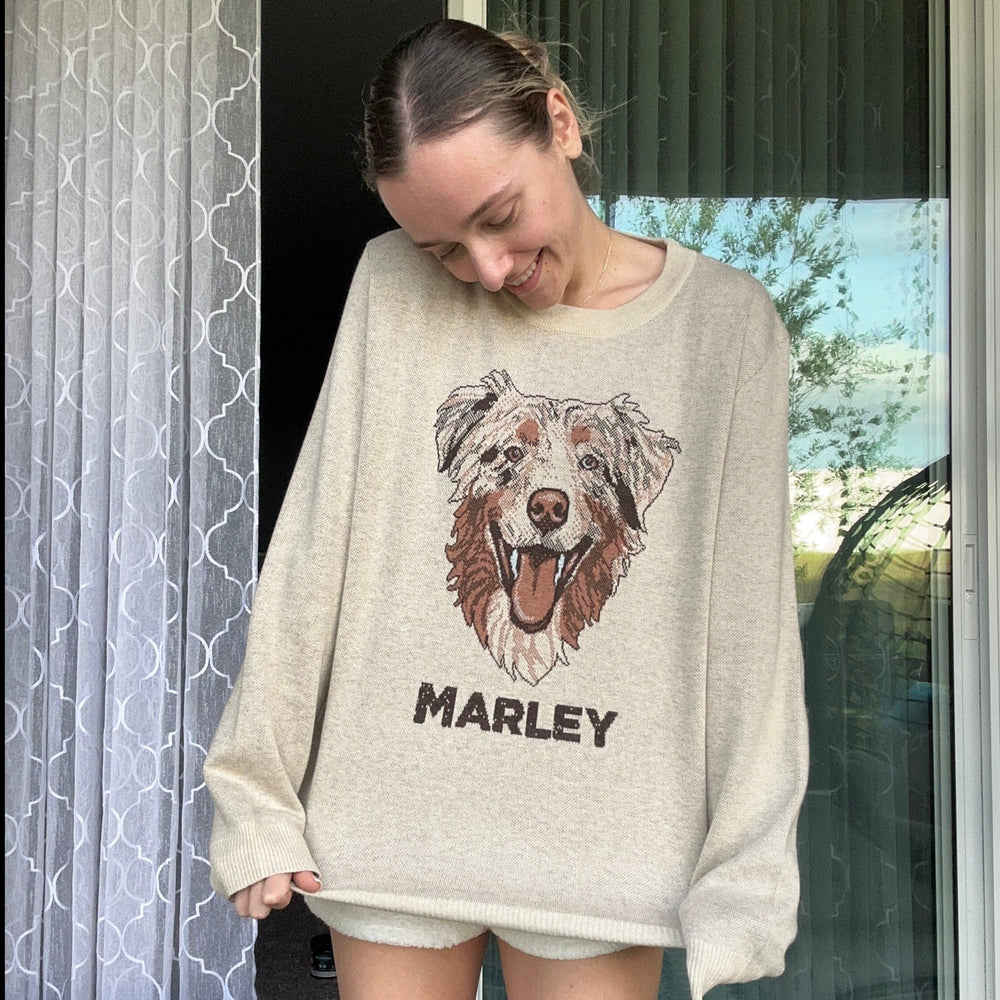
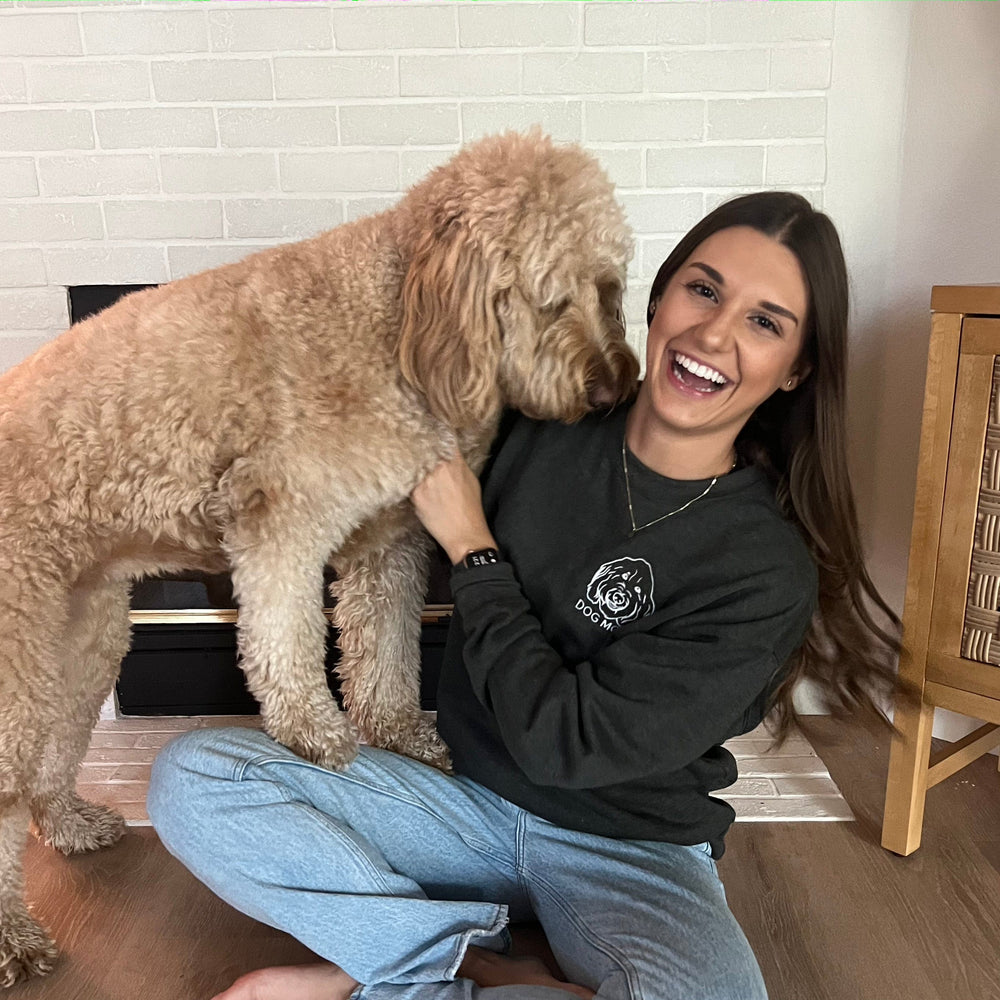

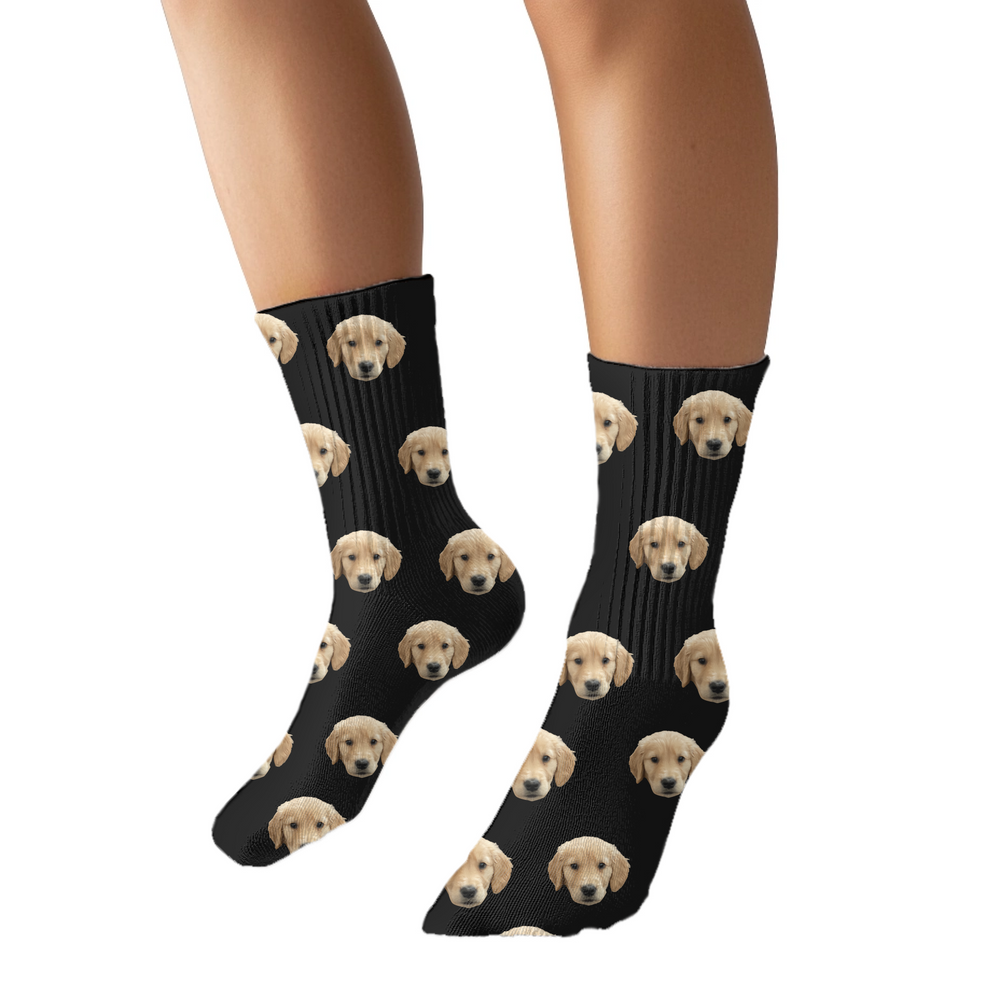



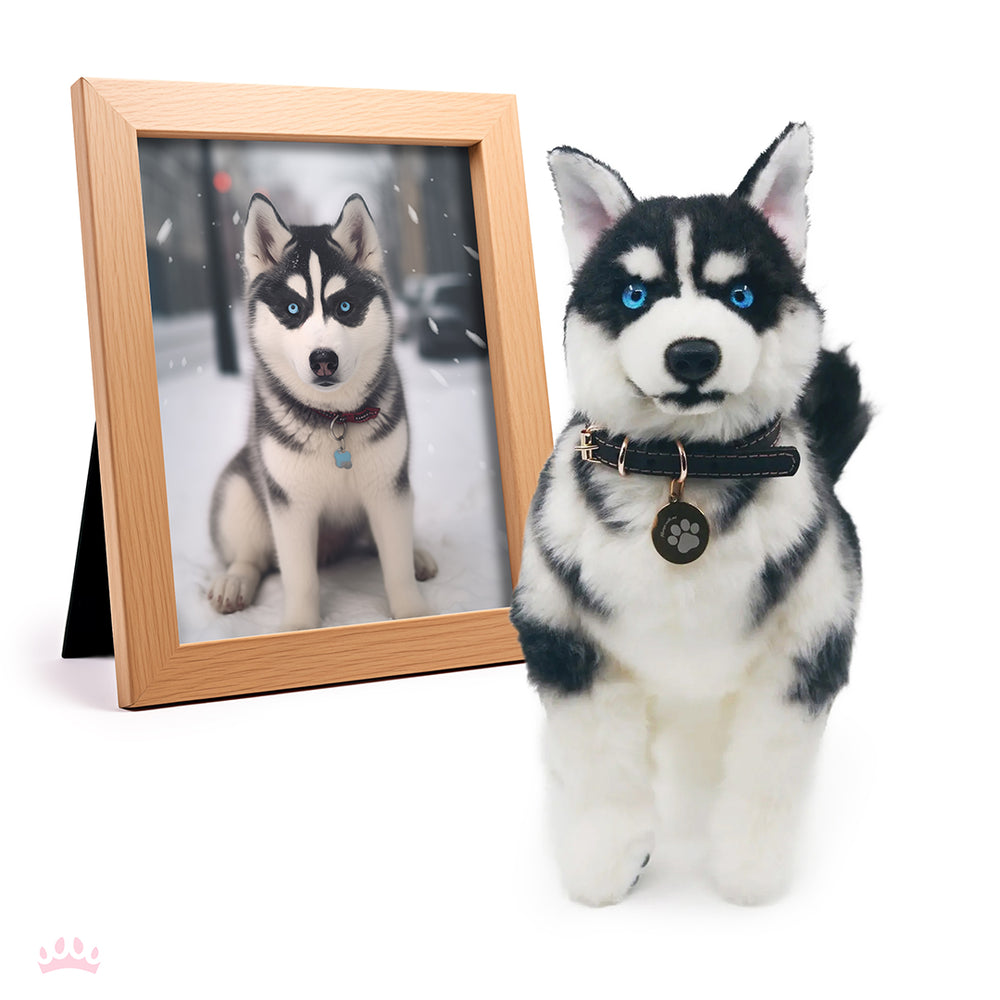
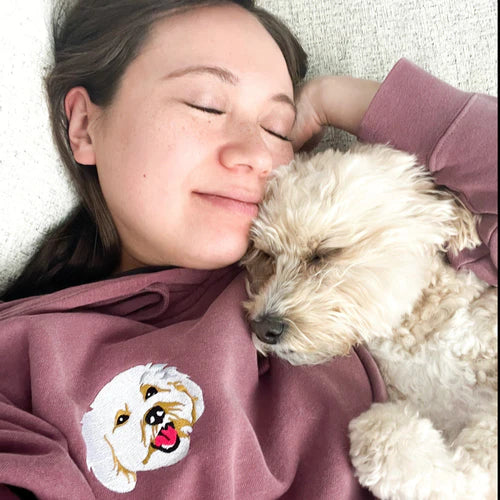


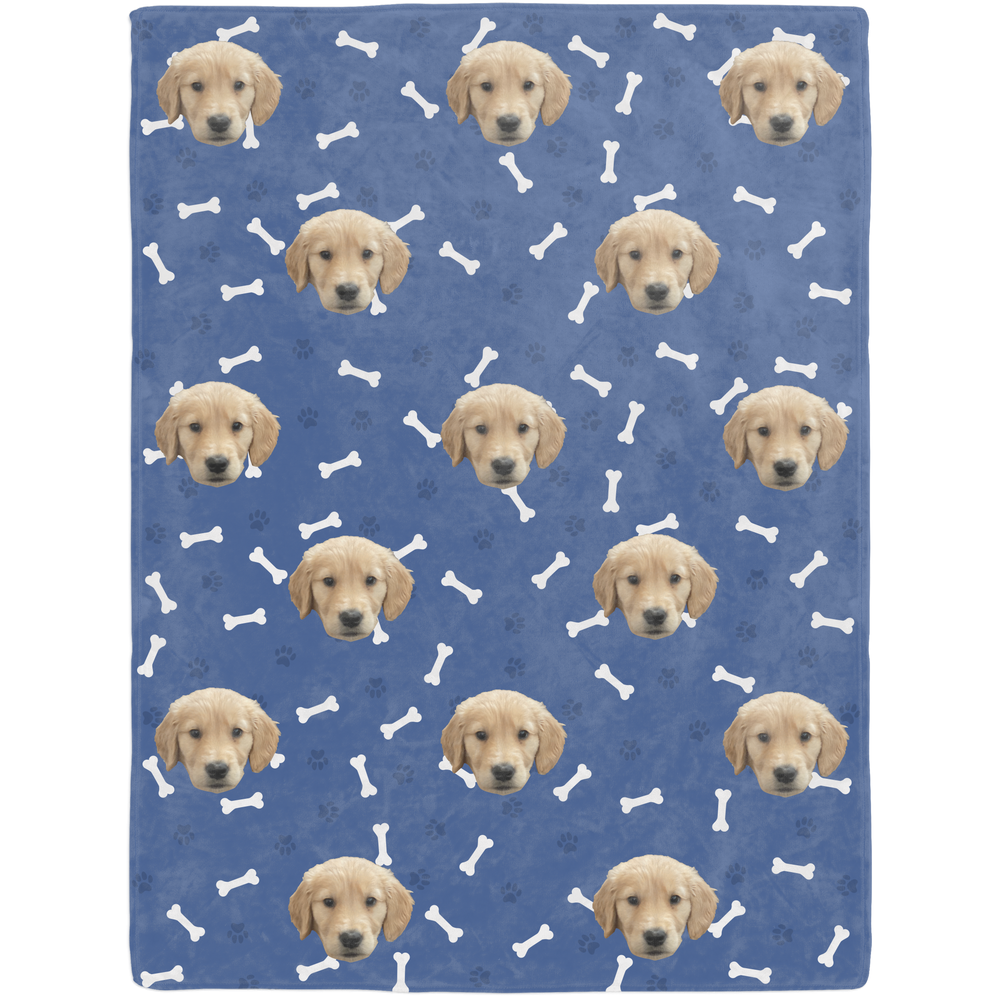

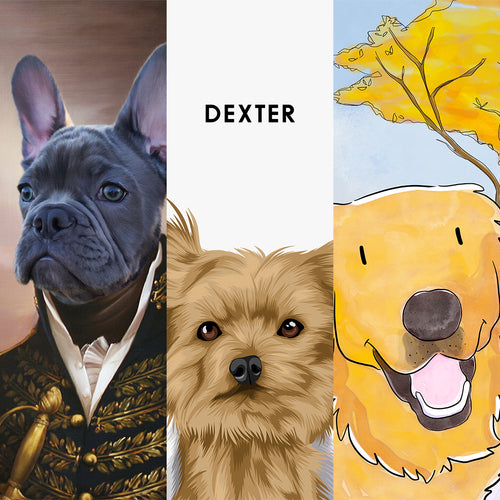
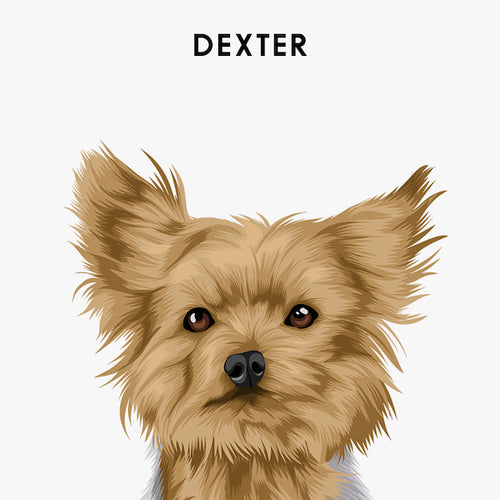






 Reviews
Reviews
 My Account
My Account
 Contact Us
Contact Us
 Help
Help


